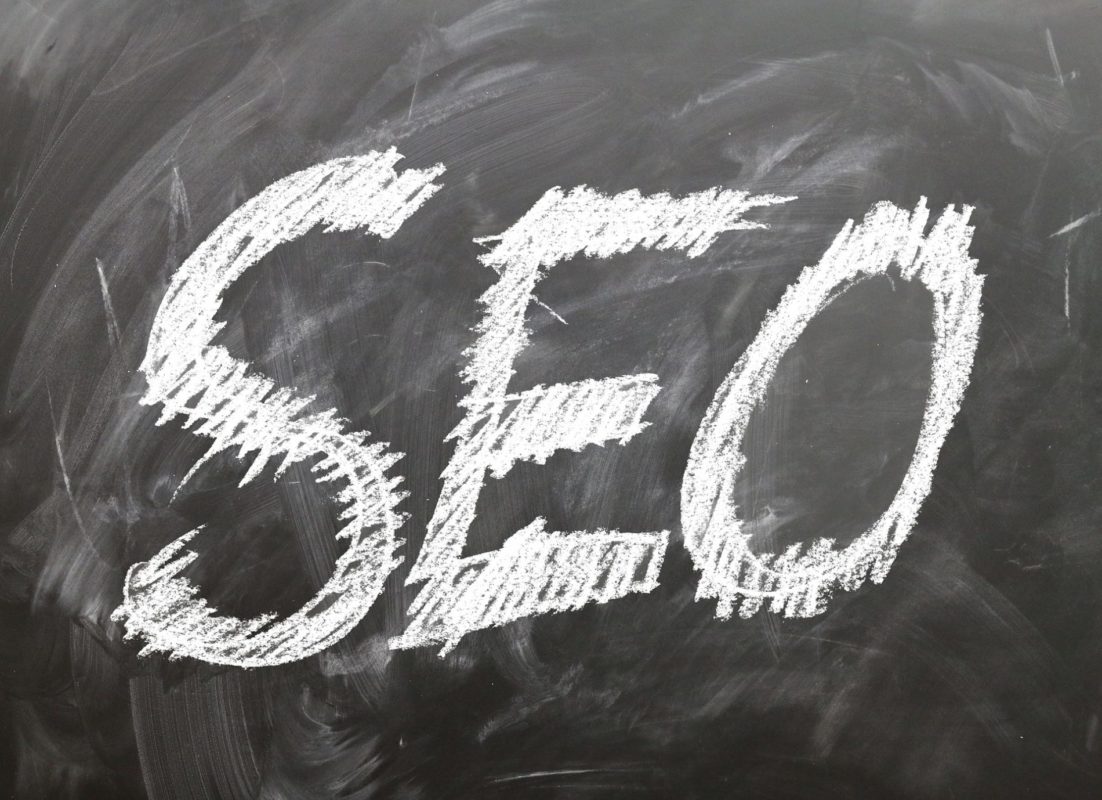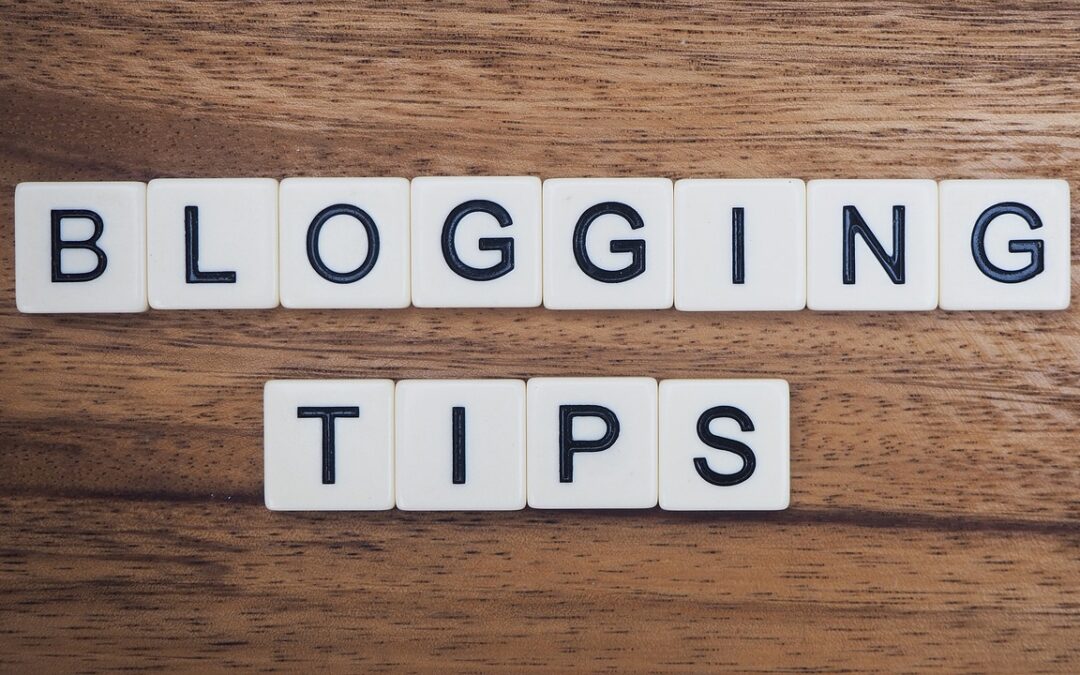If you’re trying to improve your website’s performance, it’s important to remember that you have to focus on numerous factors simultaneously for the best results. It’s human nature to focus our attention on one or two important elements, in the meantime we can sometimes neglect other factors that may be equally as important or influential on the outcome.
Optimising your website is the perfect example. If you want to improve your SERP ranking, you need to focus on more than just SEO. Website Design Agency Wolverhampton can help!
The best performing websites are also designed well with a clean and easy to use interface. If your website is poorly designed, all the hard work you invest into organic SEO is essentially wasted. SEO and web design go hand in hand if you want the most effective results. When a visitor arrives on your website as a result of your SEO efforts, they should be able to move seamlessly through your site to find what they are looking for.
But how exactly do SEO and website design work together? Take a look at the five examples below, with the help of Website Design Agency Wolverhampton:
1. Mobile-Friendliness
It should come as no surprise to anyone who is familiar with SEO or web design that a mobile-friendly website is absolutely essential. By this point if your website isn’t optimised for mobile, you’re already a few years behind.
Google made mobile-friendliness a ranking factor in 2015, followed by mobile-first indexing in 2017. So it’s pretty easy to see how important it is to the search engine giant, therefore how important it should be to you. The number of people searching on desktops has been in slow decline for years now, with more people searching on mobile devices and tablets.
Over 50% of web traffic is from mobile search so if your website isn’t mobile-friendly that’s a huge audience you’re missing out on. This has a domino effect, if your website is not mobile-friendly it will have a high bounce rate due to people arriving and it not loading or functioning well, in turn, sending bad signals to Google and impacting your ranking.
2. Easy-to-Read Design
This is just as important as ensuring your site is mobile-friendly. If visitors arrive on your site but then can’t easily digest the content they will leave. Therefore, an easy-to-read design is vital. Poor website design is frustrating for the user as they should be easy for them to find what they came to your website in search of.
Untidy pages with too many links, long blocks of text and no sub headings will instantly scare visitors away. Any content on your website should serve a purpose, if it doesn’t, remove it.
Professional web designers understand how to create websites that make it easy for users to absorb your content so you get the most for your money. This includes white space, line length, and any other elements such as images can all affect how people pay attention to your website.
3. Website Speed
Is your website loading quick enough? If it isn’t, do you know what’s slowing it down?
If your website ranking is low, it may be that your website is just too slow and people are leaving your site quickly. Resulting in a high bounce rate. Site speed is a known ranking factor so it’s important that you spend time optimising your website. This might include optimising images / videos, removing unused plugins and any irrelevant content.
Page speed is even more important on mobile devices as people are less likely to spend time waiting.
According to Google’s Maile Ohye, when it comes to site speed, two is the magic number. Any slower and it changes the way Google crawls your site. Google will crawl fewer pages using their allocated crawl budget, and this could negatively affect your indexation.
4. Sitemaps
Staying on the subject of Google crawling your website, web design can also help with this too in the form of a sitemap. A sitemap enables search engines to crawl your site more efficiently by providing them with a guide of all the pages and content on your website. This allows you to tell search engines what pages are most important to your site.
For larger websites and newer websites without any external links, this is particularly important.
In addition to helping the search engines, sitemaps also enhance the user experience. New visitors to your site can refer to it to guide them around your site. Not only that, sitemaps include important metadata about your web pages, which helps improve your website ranking.
5. Gaining Users’ Trust
This one is slightly different as there is no definitive way to measure how much people trust your website. However, your website needs to be trusted in order to rank highly in the SERPs. People will make a decision about your website within seconds of landing on it, and once they have them, it can be difficult to change their minds.
As the digital world has advanced users have become more exposed to great website design and functionality. This means anything less is unlikely to engage the user. As a user we expect a clean, easy-to-use, functional website that gives us the information we want, quickly. Subsequently, the websites that deliver all of the above factors are the ones we trust.
An old, poorly designed website that is difficult to navigate gives a bad impression of a business, therefore a user is less likely to trust them. If your website doesn’t draw the user in, even if you have exactly what they’re looking for the chances are they’ll leave never to return.
In today’s online market there really is no leeway for a bad website.
Conclusion
SEO and website design should go alongside each other. To see big results doesn’t necessarily mean huge changes. Keep these factors in mind when designing your website, and you’ll soon start seeing the results you want in terms of search engine ranking.
If you have found this blog helpful, you may wish to read our previous blog on Business Blogging.
Website Design Agency Wolverhampton




